#Chinese silk
Text

Blue Embroidered Silk Coat, French, ca. 1775.
Cora Ginsburg.
#chinese silk#cora ginsburg#18th century#france#french#silk#1775#1770s#1770s extant garment#1770s menswear#1770s france#blue#menswear#coat#reign: louis xvi#extant garments
51 notes
·
View notes
Text
How did one discover worms can make blankets…like how did one just decide to know that?? Y’all must’ve been so bored in ancient China
10 notes
·
View notes
Photo

Chinese silk coat, 1930s.
31 notes
·
View notes
Text
Chinese rank badge (1880) vintage silk embroidery
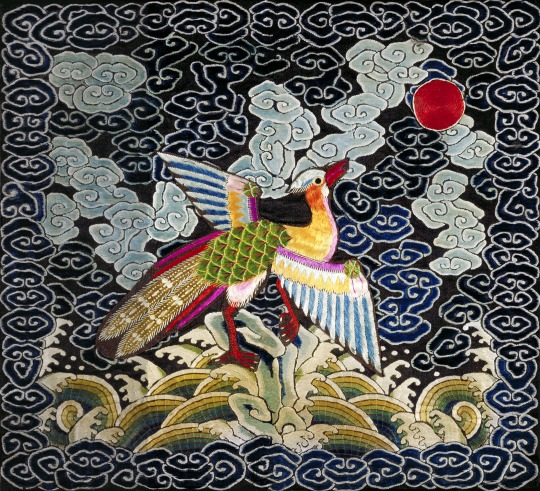
3 notes
·
View notes
Text
Not all Silk Is the Same. LilySilk Uses Only 100% Natural Mulberry Silk
Not all Silk Is the Same. LilySilk Uses Only 100% Natural Mulberry Silk
Silk is one of the most luxurious (and expensive) fabrics you can wear. It’s beautiful, breathable, soft, and elegant. Silk is the fiber closest to our skin and contains 18 amino acids beneficial to the human body. But not all silk is equal. LILYSILK uses only pure and natural 100% mulberry silk in their clothing free of harmful chemicals. LilySilks’ latest collection really impressed me. I…
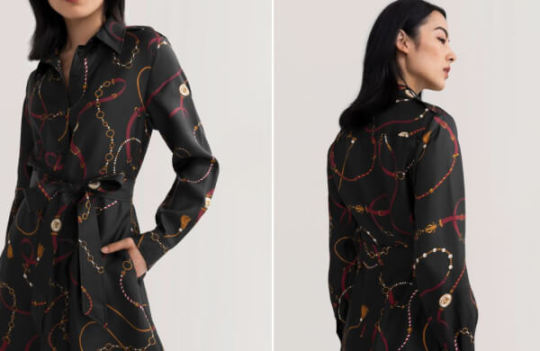
View On WordPress
#chinese silk#fashion#fashion story#history of silk#how is silk made#LilySilk#lilysilk fashion#louisville print dress lilysilk#silk
0 notes
Text


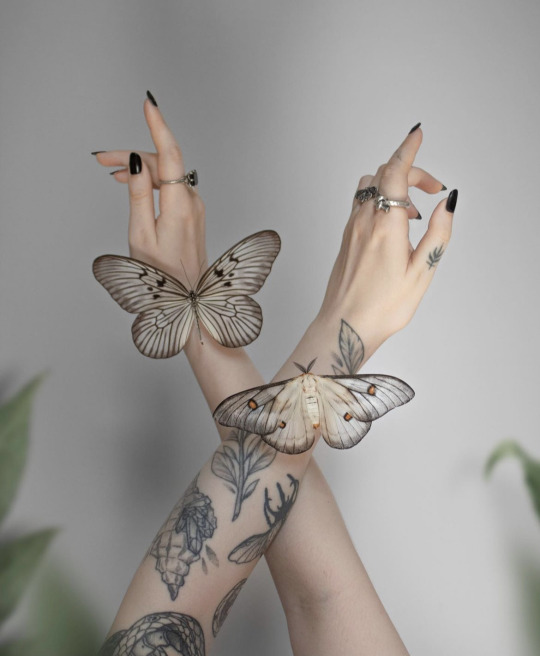
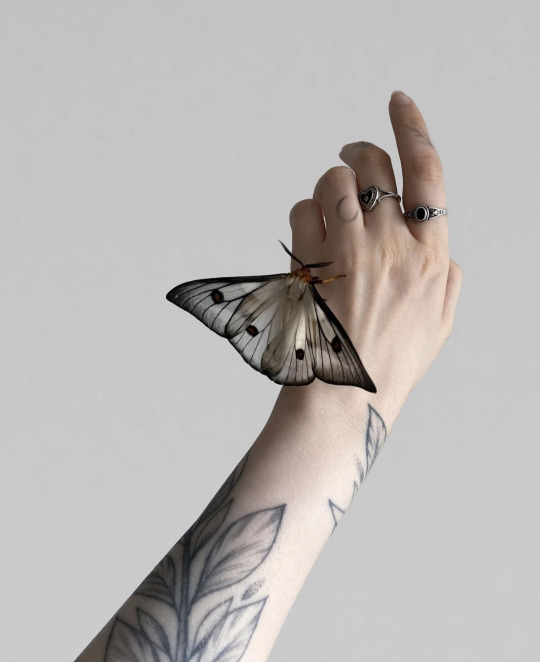
gorgeous creatures | we don’t deserve moths
#moths#tattoos#moth tattoo#moth#luna moth#moon moth#chinese moon moth#ghostly silk moth#entomology#entomologist#bugs#insect#insects#creatures#grunge#aesthetic#pale grunge#soft grunge#mothman#moths aesthetic#dark aesthetic#moody#moody aesthetic#butterflies#lepidopterist#moth girl#bug girl#insect taxidermy#moth taxidermy#mothica
2K notes
·
View notes
Text

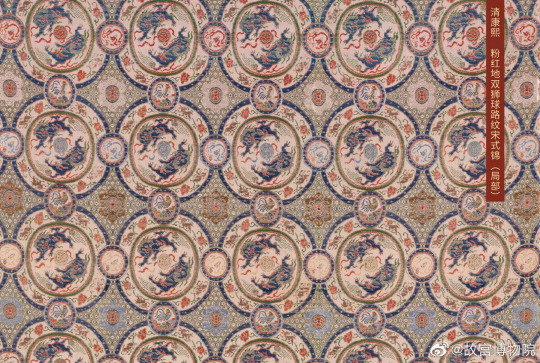
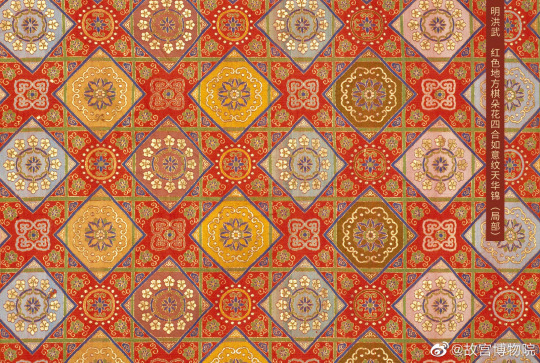


Chinese traditional patterns. 🧶🧵
#chinese culture#hanfu#textiles#patterns#chinese history#silk#china#east asia#designs#weaving#silk weaving#tiles#Art
740 notes
·
View notes
Text
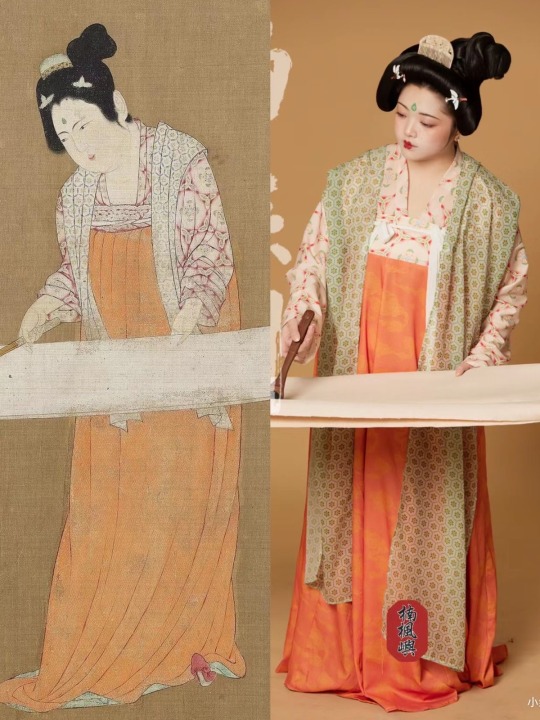

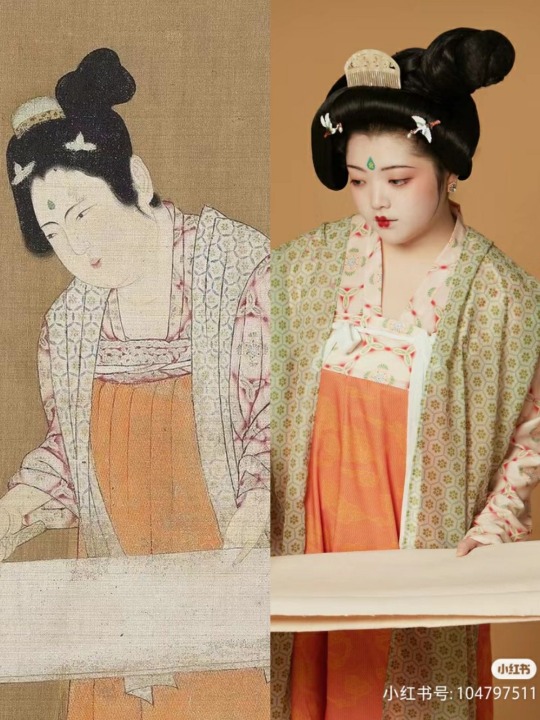

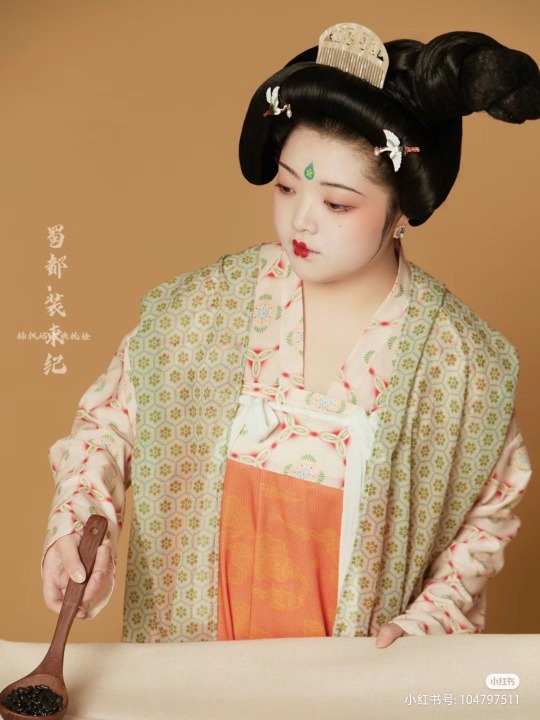
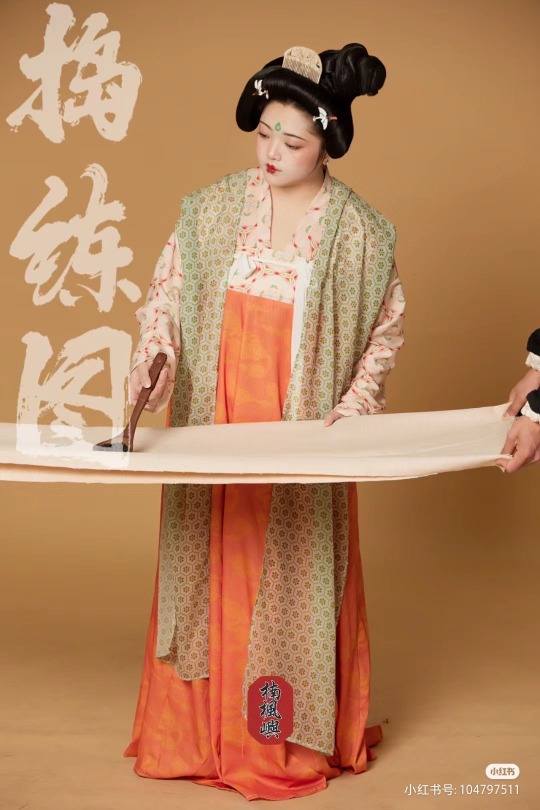

【Historical Reference Artifacts】:
• China Tang Dynatsy Painting:《Court Ladies Preparing Newly Woven Silk /搗練圖卷》
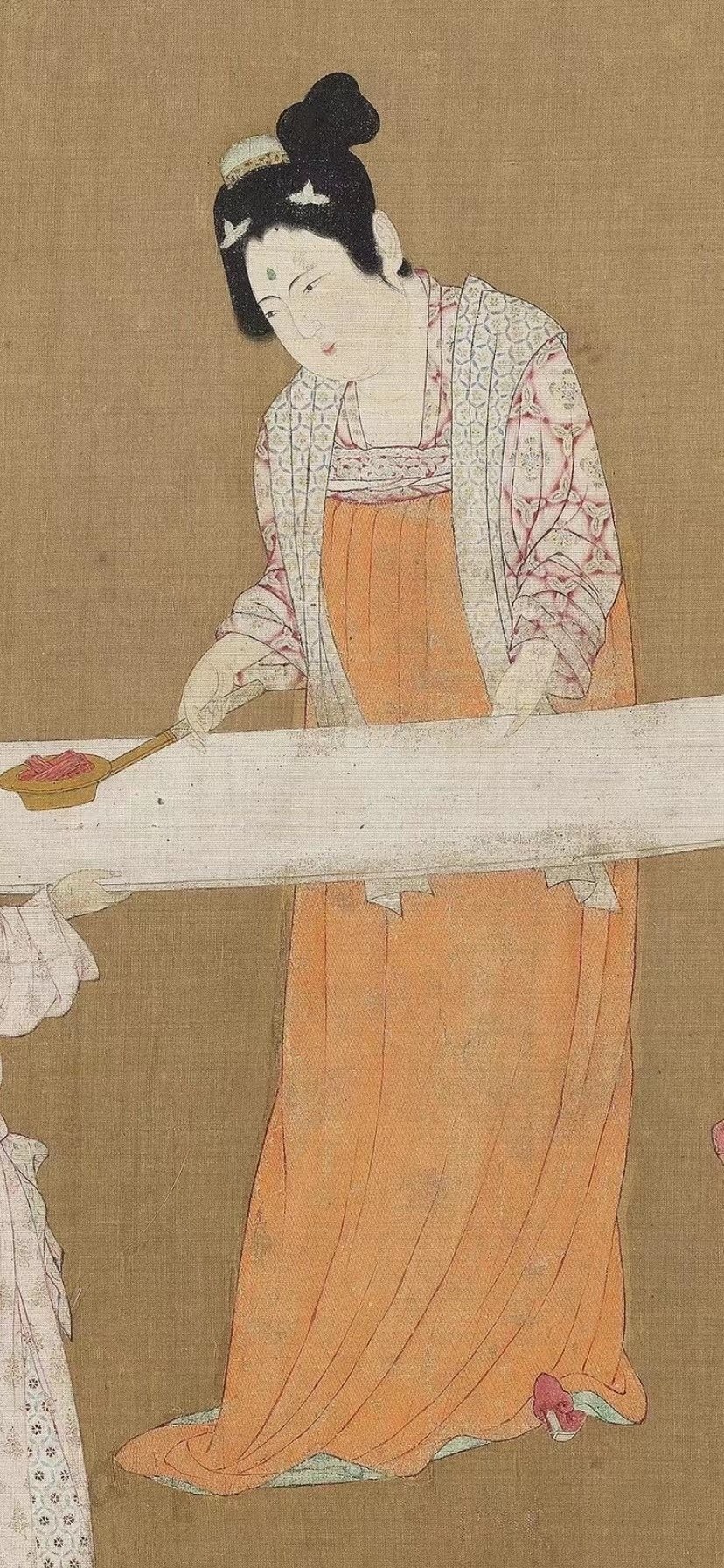


[Hanfu · 漢服]Chinese Tang Dynasty(618-907A.D)Traditional Clothing Based On Tang Dynasty Painting 【捣练图/Court Ladies Preparing Newly Woven Silk】
————————
📸Recreation Work:@楠枫屿 & @成都欧曼谛时尚美业学校
🔗 Xiaohongshu App:http://xhslink.com/1cfoDu
————————
#chinese hanfu#Tang Dynasty(618-907A.D)#hanfu#hanfu accessories#hanfu_challenge#chinese traditional clothing#chinese#china#Chinese history#chinese fashion#中華風#汉服#漢服#ruqun#捣练图#Court Ladies Preparing Newly Woven Silk
245 notes
·
View notes
Text

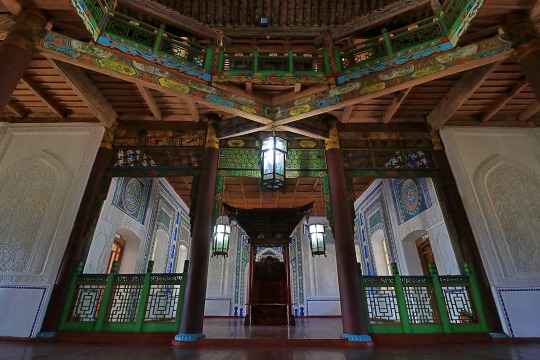







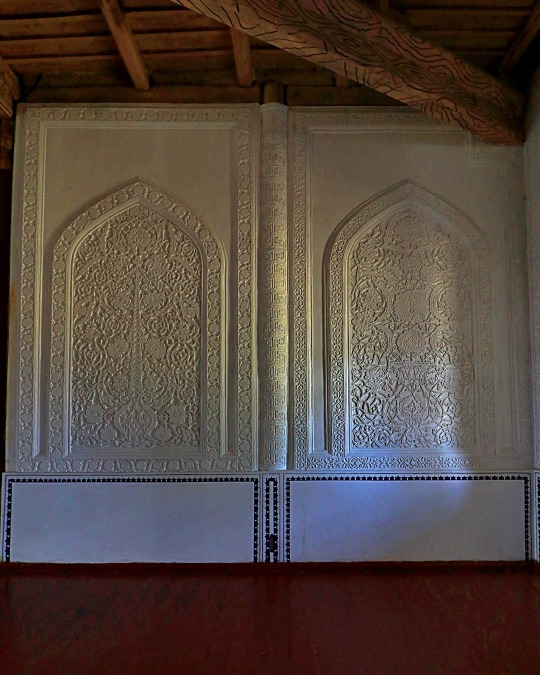
Old Mosque ( Zharkent / Kazakhstan )
#travel photography#visitkazakhstan#aroundtheworld#explore#trip#adventure#zharkent#travelphotography#photooftheday#zharkentoldmosque#travel#traveling#silk road#pickoftheday#chineseislamicarchitecture#chinese architecture#central asia#kazakhstan#architecture#islamic architecture#kazakhstantravel
101 notes
·
View notes
Text

Female Europid Mummy from the Necropolis of Subexi III, Grave M6, Turfan District, Xinjiang. 5th-3rd C. BCE. Source: Baumer, Christoph.The history of Central Asia. Vol.1. The age of the steppe warriors. London : I.B. Tauris, 2012. pg. 218 left DS329.4 .B38 2012. Image via University of Pennsylvania. See maps in the post before this one for a better understanding of the geography discussed.
"Section 26 – The Kingdom of Nearer [i.e. Southern] Jushi 車師前 (Turfan)
1. ‘Nearer Jushi’ 車師前 refers to the kingdom or state centered in the Turfan oasis or, sometimes, to the tribe which controlled it. There can be no question that Nearer Jushi refers here to the Turfan Oasis. See for example: CICA, p. 183, n. 618; also note 1.5 above. For the etymology of the name Turfan see Bailey (1985), pp. 99-100, which is summed up in his sentence: “The name turpana- is then from *druva-pāna- ‘having safe protection’, a name suitable for a walled place.”
“One other oasis town is currently under excavation. At Yarghul (Jiaohe), 10 km (16 miles) [sic – this should read 10 miles (16 km)] west of Turpan, archaeologists have been excavating remains of the old Jushi capital, a long (1,700 m (5,580 ft)) but narrow (200 m (656 ft)) town between two rivers. From the Han period they uncovered vast collective shaft tombs (one was nearly 10 m (33 ft) deep). The bodies had apparently already been removed from these tombs but accompanying them were other pits containing form one to four horse sacrifices, with tens of horses for each of the larger burials.” Mallory and Mair (2000), pp. 165 and 167.
“Some 300 km (186 miles) to the west of Qumul [Hami] lie [mummy] sites in the vicinity of the Turpan oasis that have been assigned to the Ayding Lake (Aidinghu) culture. The lake itself occupies the lowest point in the Turpan region (at 156 m (512 ft) below sea level it is the lowest spot on earth after the Dead Sea). According to accounts of the historical period, this was later the territory of the Gushi, a people who ‘lived in tents, followed the grasses and waters, and had considerable knowledge of agriculture. They owned cattle, horses, camels, sheep and goats. They were proficient with bows and arrows.’ They were also noted for harassing travellers moving northwards along the Silk Road from Krorän, and the territories of the Gushi and the kingdom of Krorän were linked in the account of Zhang Qian, presumably because both were under the control of the Xiongnu. In the years around 60 BC, Gushi fell to the Chinese and was subsequently known as Jushi (a different transcription of the same name).” Mallory and Mair (2000), pp. 143-144.
“History records that in 108 BC Turpan was inhabited by farmers and traders of Indo-European stock who spoke a language belonging to the Tokharian group, an extinct Indo-Persian language [actually more closely related to Celtic languages]. Whoever occupied the oasis commanded the northern trade route and the rich caravans that passed through annually. During the Han Dynasty (206 BC-AD 220) control over the route see-sawed between Xiongnu and Han. Until the fifth century, the capital of this kingdom was Jiaohe.” Bonavia (1988), p. 131.
“Turpan is principally an agricultural oasis, famed for its grape products – seedless white raisins (which are exported internationally) and wines (mostly sweet). It is some 80 metres (260 feet) below sea level, and nearby Aiding Lake, at 154 metres (505 feet) below sea level, is the lowest continental point in the world.” Ibid. p. 137.
“The toponym Turfan is also a variation of Tuharan. Along the routes of Eurasia there are many other place names recorded in various Chinese forms that are actually variations of Tuharan.” Liu (2001), p. 268."
-Notes to The Western Regions according to the Hou Hanshu. Second Edition (Extensively Revised and Expanded). John E. Hill. University of Washington.
#tocharian#celtic#indo european#tarim basin#xinjiang#chinese history#mummies#history#ancient history#archaeology#anthropology#silk road#pagan
458 notes
·
View notes
Text


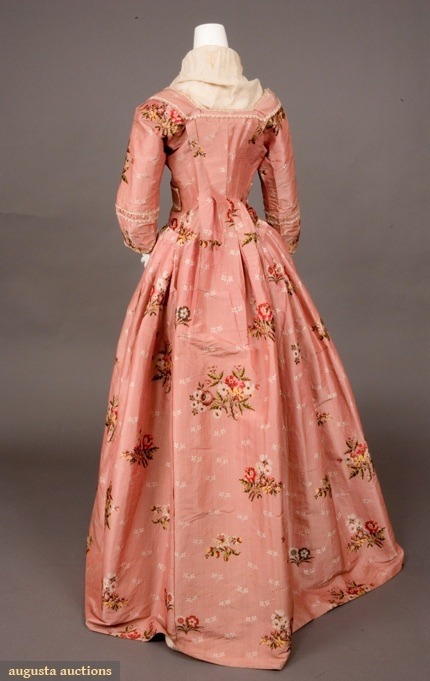
Peach Pink Robe à la Française, 1770-1780.
Augusta Auctions.
#womenswear#extant garments#silk#Chinese silk#peach#pink#peach pink#18th century#robe à la française#Augusta auctions#1770s#1770s dress#1771#1772#1773#1774#1775#1776#1777#1778#1779#1780#1770s extant garment
22 notes
·
View notes
Photo

Happy Lunar New Year to all celebrating!
Wishing You and Your Beloved Ones A Happy New Year!
Peace, Safety and Good Luck Continually for 2023!
'Three Rabbits' (1644–1911). Silk painting, formerly attributed to Gong Ji (Chinese, Northern Song dynasty). Courtesy The Met
#happynewyear#happy202#happy lunar new year#happy chinese new year#peace#love#joy#health#happy 2023 new year#china#rabbit new year#year of the rabbit#happy lunar year#themet#silk#painting#gong ji#song dynasty#style#history
475 notes
·
View notes
Text
ride the cyclone but the choreography involves circus skills. do u see my vision.
#tay talks#tay posts#ride the cyclone#ballad of jane doe but with aerial silk/strap/hoop?? or maybe trapeze??? or banquine??#CONTORTION??? that could also work during jane doe’s entrance#noel’s lament with chinese or danish pole???#sugar cloud with cloud swing???? (it literally has cloud in the name come on)#what the world needs with free standing ladder??#i’ll reblog this tmr with more thought out ideas but u get the gist of it
80 notes
·
View notes
Text
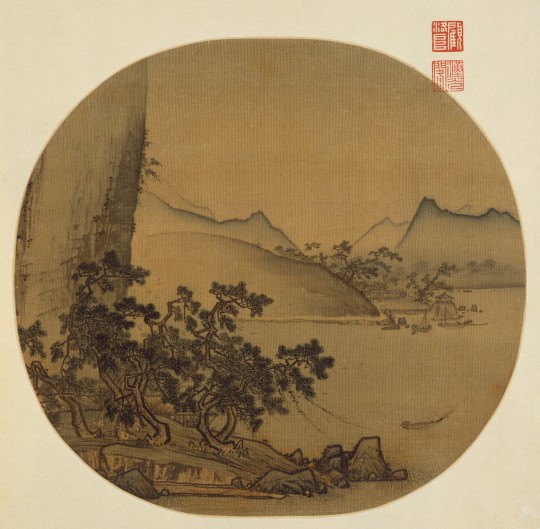
Boats Moored in Wind and Rain, unknown artist (formerly attributed to Yan Ciyu), 1200s (Jin or Yuan Dynasty)
#art#art history#Asian art#China#Chinese art#East Asia#East Asian art#Imperial China#Jin Dynasty#Yuan Dynasty#landscape#landscape painting#landscape art#rain scene#painted fan#album leaf#ink and color on silk#13th century art#Metropolitan Museum of Art
96 notes
·
View notes
Photo
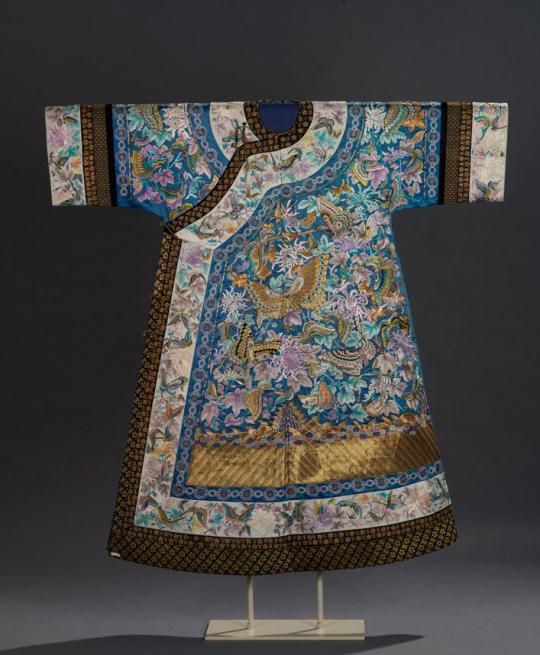
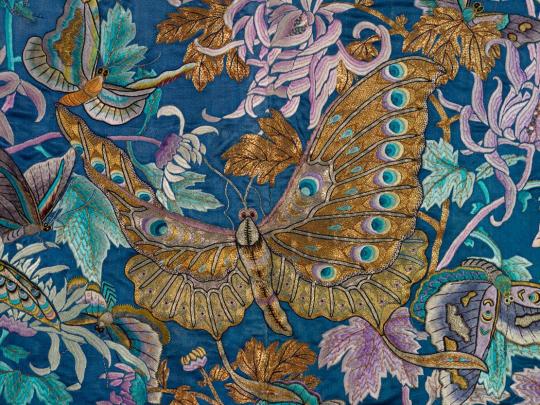
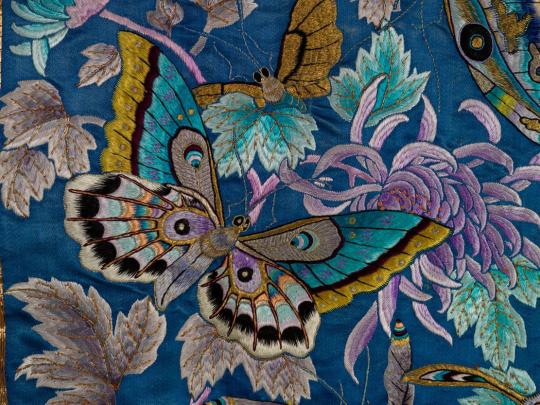
Coat, said to have belonged to Empress Dowager Cixi
c.1890-1900 (Qing Dynasty)
China
Royal Ontario Museum (Object number: 919.6.128)
#coat#fashion history#historical fashion#cixi#chinese fashion#non western fashion#1890s#1900s#blue#embroidery#19th century#20th century#silk#satin#empress cixi#empress dowager cixi#royal ontario museum#popular
2K notes
·
View notes
Text
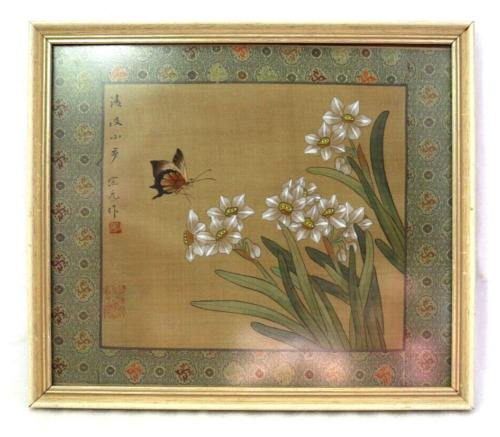
Vintage Chinese Asian Silk Painting Floral Butterfly Fabric Under Glass Framed || SWtradepost - ebay
#vintage framed art#silk framed art#chinese silk art#wall hanging#swtradepost#home decor#christmas#gifts#vintage chinese silk art#asian silk art
88 notes
·
View notes